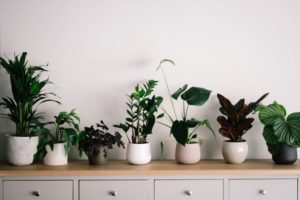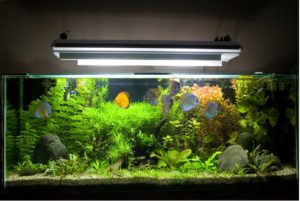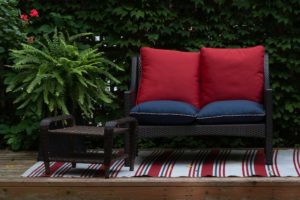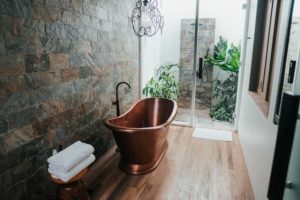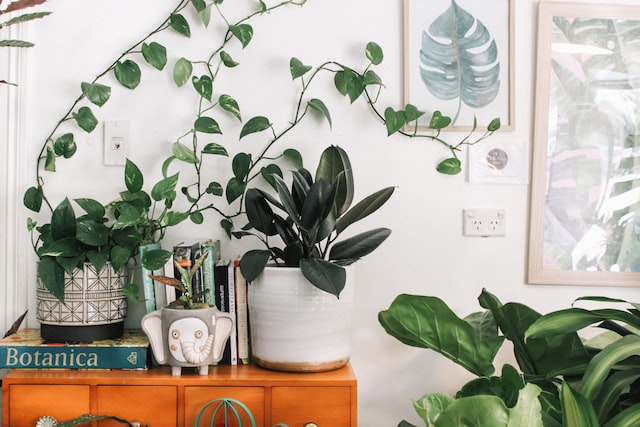
If you’re looking to add a touch of greenery to your home, but don’t have the time or space for a garden, growing plants indoors is the perfect solution! Not only does it add some life to your surroundings, but indoor plants can also improve air quality. In this blog post, we will discuss 8 things you need to grow beautiful plants indoors. With the right tools and knowledge, anyone can be a successful indoor gardener!
1. A sunny spot:
Most plants need at least six hours of direct sunlight per day in order to thrive. If you don’t have a spot in your home that gets that much sun, you can try to grow lights. Plants need sunlight to produce food for themselves through photosynthesis. Without enough sunlight, they will become leggy and weak. Additionally, their leaves may turn yellow or pale.
If you’re not sure whether your plant is getting enough light, the easiest way to tell is by looking at the leaves. They should be a deep green color. If they are lighter than that, it means the plant isn’t getting enough light.
2. Try to grow lights :
Grow lights are a great way to provide your plants with the sunlight they need, even if you don’t have a sunny spot in your home. There are many different types of grow lights available on the market, so it’s important to check out reviews of the best led grow lights to figure out which one is best for your needs. LED grow lights are becoming increasingly popular because they are very efficient and emit very little heat. They can be used for both starting seedlings and growing mature plants.
Fluorescent grow lights are another option. They are not as energy-efficient as LED lights, but they emit less heat, making them ideal for starting seeds or growing delicate plants.
Halogen grow lights are the least energy-efficient option, but they are the most affordable. They also emit a lot of heat, so they should only be used for starting seeds or growing plants that can tolerate high temperatures. No matter which type of grow light you choose, make sure to place it close to your plants so they can get the most benefit from it.
3. The right potting mix:
Not all soils are created equal! When you’re growing plants indoors, it’s important to use a potting mix that is specifically designed for container gardening. This type of soil is light and airy, which helps to prevent compaction. It also has a higher concentration of nutrients than regular garden soil. When choosing a potting mix, make sure to look for one that contains perlite or vermiculite. These two ingredients help to improve drainage and aeration in the soil, which is essential for healthy plant growth. You can find potting mixes at your local nursery or home improvement store.
4. Choose the right pot
Once you’ve selected the perfect potting mix, it’s time to choose the right pot for your plant. The pot should have drainage holes in the bottom to allow excess water to escape. If it doesn’t, be sure to drill some before planting. It’s also important to choose a pot that is the appropriate size for your plant. A pot that is too small will restrict root growth, while a pot that is too large will hold too much moisture and could lead to problems with overwatering.
5. The right fertilizer:
Fertilizer is important for all plants, but it’s especially crucial for those that are grown indoors. This is because indoor plants don’t have access to the nutrients that are found in outdoor soils. Without fertilizer, your plants will likely become stunted and produce fewer leaves and flowers. When choosing a fertilizer, look for one that is specifically designed for indoor plants. These products usually come in liquid or granular form and can be found at your local nursery or home improvement store.
Most fertilizers need to be applied every two weeks or so. However, it’s important to read the manufacturer’s instructions carefully to determine how often you should apply it. Over-fertilizing can damage your plants, so it’s better to err on the side of caution.
6. Proper watering:
One of the most common problems with indoor plants is overwatering. This can happen easily if you’re not careful, as it’s easy to forget that your plant is sitting in a pot with drainage holes. As a general rule, indoor plants should be watered about once a week. However, this will vary depending on the type of plant you’re growing and the size of the pot. The best way to determine how often to water your plant is to stick your finger into the soil. If it feels dry about an inch below the surface, it’s time to water.
If you notice that your plant is wilting or its leaves are turning yellow, this is usually a sign that it’s being underwatered. On the other hand, if you see water sitting on the surface of the soil or in the drainage tray beneath the pot, your plant is being overwatered.
7. Proper humidity:
Another common issue with indoor plants is low humidity. This can be a problem in homes that are heated during the winter, as dry air can cause leaves to brown and drop off. To increase the humidity around your plants, you can use a humidifier or place them on a pebble tray. A pebble tray is simply a shallow dish filled with gravel or rocks. You then add water to the dish so that the stones are partially submerged. As the water evaporates, it will increase the humidity in the air around your plant. You can also mist your plants with water about once a week to help increase the humidity. Just be sure not to overdo it, as too much moisture can lead to damaging your plants.
8. Love!
Last but not least, your plants need love just like any other living thing. Be sure to talk to them, pet them, and give them the occasional hug. Plants can actually respond to the way they’re being treated, so it’s important to handle them with care. With a little love and attention, you’ll be sure to have beautiful plants that thrive indoors.
It’s important to provide your plants with the proper care if you want them to thrive. This includes choosing the right pot, fertilizer, and watering schedule. You should also try to increase the humidity around your plants by using a humidifier or placing them on a pebble tray. And last but not least, be sure to give your plants plenty of love and attention. With a little bit of TLC, you’ll have beautiful indoor plants that add life and color to your home. Hopefully, these tips will help you in your journey to becoming a plant parent!
Do you have any tips for growing beautiful indoor plants? Share them with us in the comments below!


